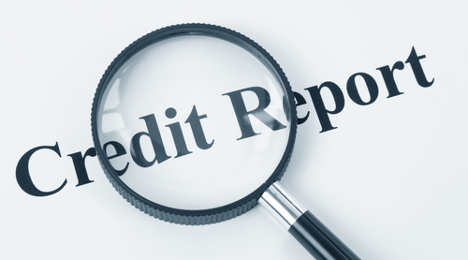Why ‘Word Is Out’ About Alternative Data

Resort personnel brought in additional seating for the first roundtable discussion on Wednesday during the Independents Conference orchestrated by the American Financial Services Association. Scores of executives came in out of the summer-like south Florida weather to hear a trio of alternative data providers discuss how this information can enhance underwriting, mitigate risk and perhaps most importantly, boost the company’s bottom line.
“The word is out. The more people that use it, the more they see the benefits,” said Pat Nanda, executive vice president of analytics at Microbilt Corp., one of three panelists from companies highlighted in this year’s SubPrime 125.
The experts acknowledged the term alternative data can be interpreted differently depending on the opinion of a finance company’s leadership. But by and large, alternative data includes information not typically included in credit reports offered by the three largest bureaus — Equifax, Experian and TransUnion. The data can include bank account history if in fact the loan applicant has one with an institution as well as payment history associated with utilities and other services.
Panel moderator Daniel Parry, chief executive officer of Praxis Finance, pointed out during his introduction of the session that cost and necessary technological infrastructure are among the main perceived hurdles behind why the use of alternative data already isn’t widespread. But Parry said it will be leveraged when Praxis ramps up its auto originations in the same way alternative data was utilized at his two previous stops at Exeter Finance and AmeriCredit.
Clarity Services chief analytics officer George Coutros emphasized to the AFSA conference gathering that finance company executives need to focus on the impact alternative data can have on their business.
“It’s the impact to the business that matters,” said Coutros, who spent a half dozen years at Equifax before joining Clarity Services. “It’s great if I can give you a different underwriting criteria that’s going to you make a different approve or decline decision.
“But wouldn’t it be greater if if we knew that the result of utilizing this data is that it would reduce losses by $10 million annually? I think that’s a more meaningful thing,” he continued.
“What we’re trying to do is not just stop by doing the analysis but then translate it into business results. That way, people making those decisions — should I buy this data or not — it’s a return-on-investment decision,” Coutros went on to say.
FactorTrust CEO Greg Rable echoed Coutros’ sentiment, stressing that using alternative data is “prudent” as a way to augment what finance companies already might gather from the three major credit bureaus. But Rable also pointed out the growing population who is underbanked, meaning their credit file will be thin if one even exists.
Rable went on to mention to conference attendees that the more alternative data is used, the more integrations there might be with loan origination software providers, further enhancing the foothold alternative data could have in the market.
Coutros made a point to SubPrime Auto Finance News that summarized what each panelist tried to convey.
“There are many lenders using this data today. Fortunately or unfortunately, alternative data means so many different things to people,” he said. “Alternative data in this case is leveraging data that’s not necessarily what the big three offer and we bring other data to the table.
“At the end of the data, previous credit behavior is the greatest predictor of future credit behavior,” Coutros concluded.

 View The Latest Edition
View The Latest Edition

